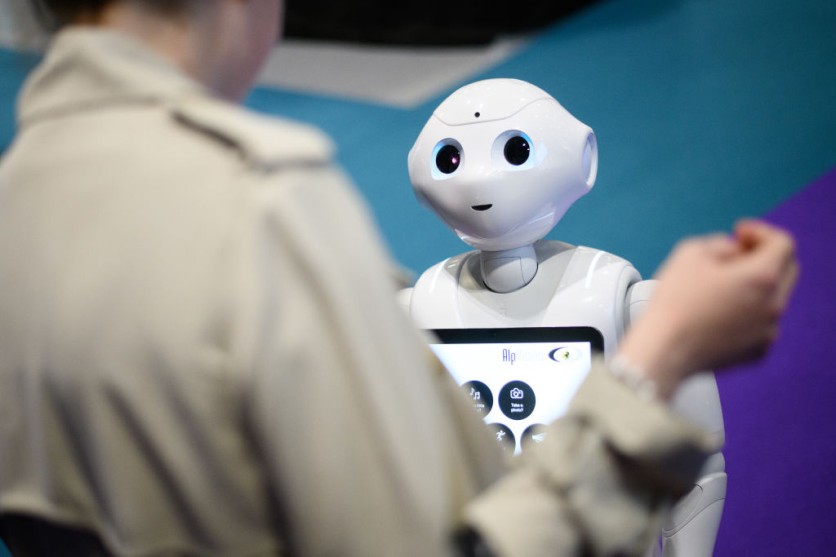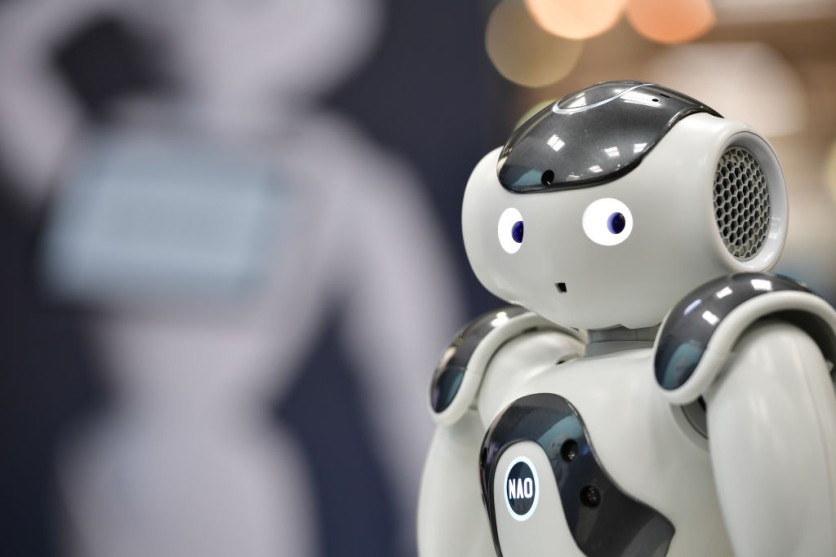

One day, a researcher decided to teach an AI pickup lines gathered from the internet and trained them to come up with their own, in a bid to understand the behavior of language algorithms better.
What resulted from a mere curiosity ended up with a series of adorably cringe-worthy pickup lines that deserves a place in someone's Tinder profile.
Janelle Shane, an optics research scientist at Boulder Nonlinear Systems in Colorado, experiments with neural network frameworks, used a language model known as the Generative Pre-trained Transformer 3 (GPT-3) for the experiment.
GPT-3: OpenAI's Breakthrough AI Language Program
On July 2020, OpenAI published a paper detailing the technology behind GPT-3 and how it progressed over time.
Created by the San Francisco-bases startup, a GPT-3 is a computer program that uses deep-learning to learn texts and generate whole paragraphs that closely imitate how a human would write them.
According an article from ZDNet published on August 2020, the technology is arguably impressive, with outputs that are often hard to distinguish when pitted against what was written by an actual human being.
GPT-3, if properly trained, could be helpful in applications that require a certain level of communication, such as answering questions from customer service or report generation.
For the GPT-3 to work, its neural network needs to be "fed" with millions of sample texts, which it converts into numeric representations as a form of data compression.
It will then attempt to formulate its own sentence by unpacking the compressed data until it "learns" to generate a valid response.
The process of compressing and decompressing data would allow the GPT-3 to develop its accuracy until it can predict the next set of inputs the user will feed it.
The Pickup Line Experiment
Shane first attempted to train a neural network to generate its own pickup line in 2017 and shared on her blog posted on Apr. 8, 2017, how it resulted in a word salad that varied from almost incomprehensible to kind of adorable:
Are you a 4loce? Because you're so hot!
You are so beautiful that you know what I mean.
I want to get my heart with you.
Hey baby, you're to be a key? Because I can bear your toot?
She made a second attempt and shared the results in her blog in Mar. 22, and this round resulted in sentences that make much more sense in its own way.
I'm losing my voice from all the screaming your hotness is causing me to do.
I love you. I don't care if you're a doggo in a trenchcoat.
You have a lovely face. Can I put it on an air freshener? I want to keep your smell close to me always.
Out of curiosity, did you know that you can sip and snort pumpkin spice lattes?
Your eyes are like two rainbows and a rainbow of eyes. I can't help but stare.
I'm like the ice cream...You can keep me in the freezer for a while but then I melt!
How many tattoos do you own?
You look like a thing and I love you.
Related Article: Facebook Wants Artificial Intelligence To Filter Live Videos And Take Down Offensive Content
This article is owned by Tech Times
Written by Lee Mercado
ⓒ 2025 TECHTIMES.com All rights reserved. Do not reproduce without permission.




